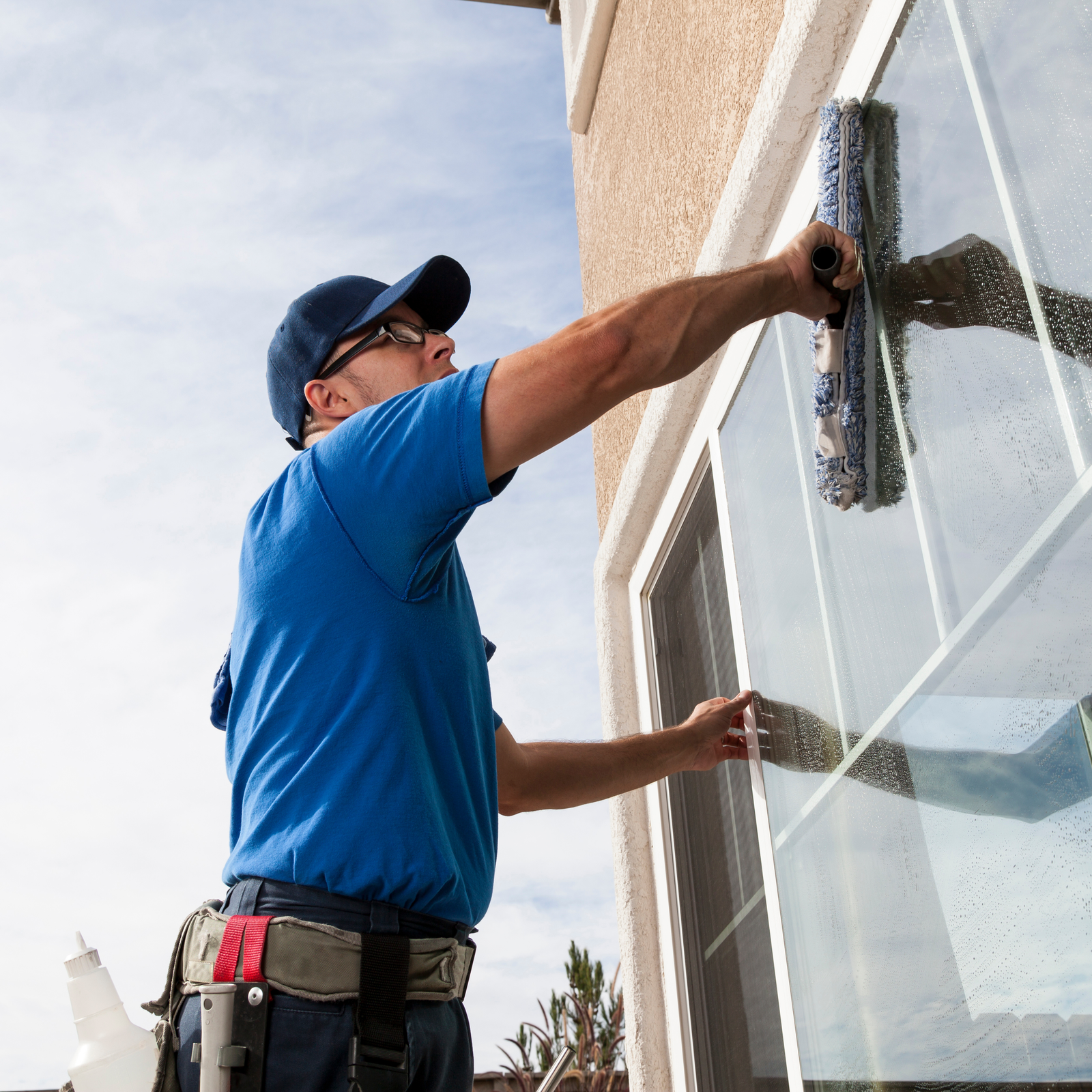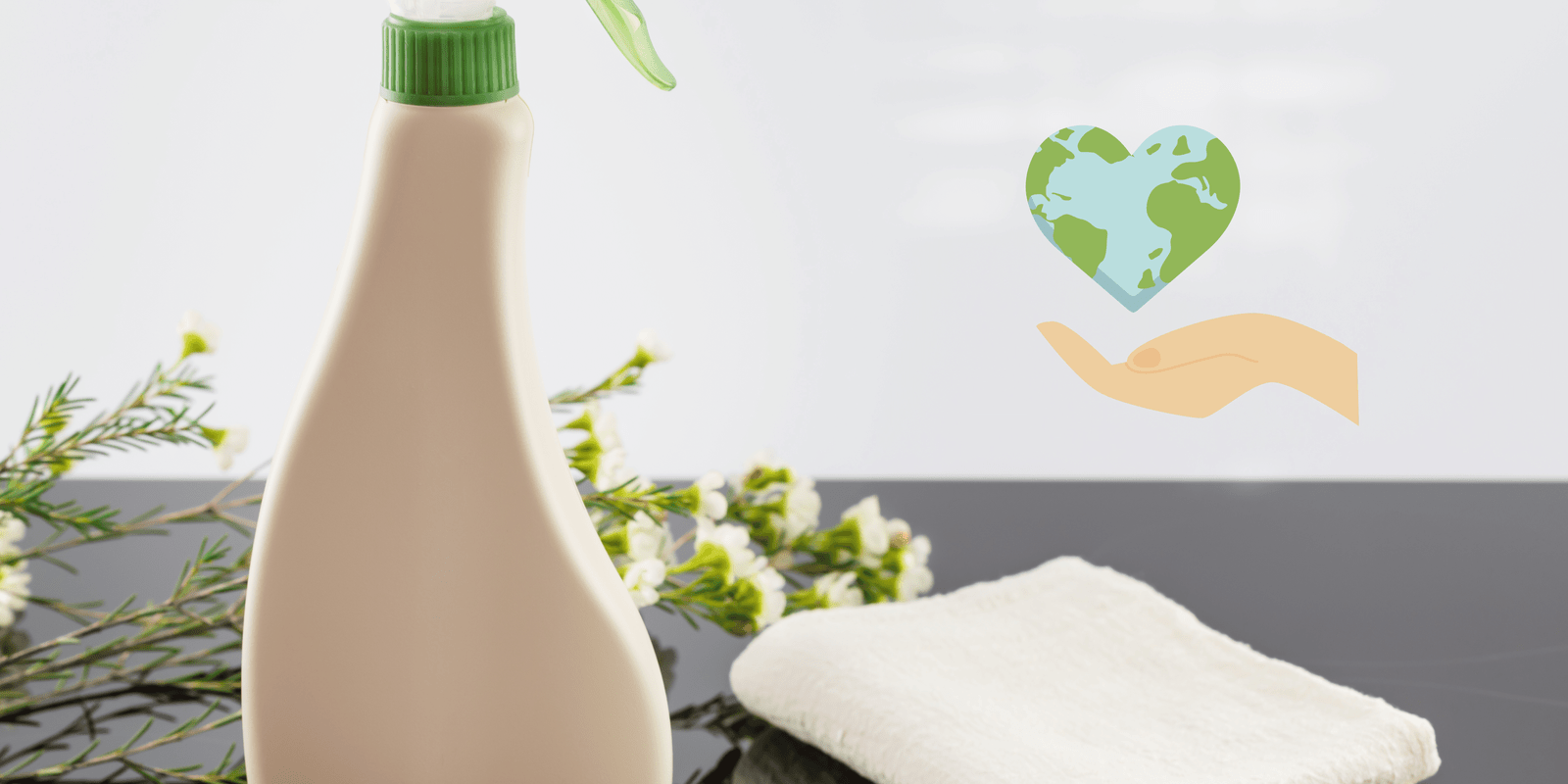- 23-Jan-2024
Why Cleaning Your Windows with Water from the Tap Matters?
01

Why Cleaning Your Windows with Water from the Tap Matters?
The main advantage of cleaning windows with tap water is that it is also cheap and has little ecological impact. The following are the major advantages you should consider when ensuring you rinse your windows using tap water.

Cost Savings
This is cheaper than purchasing concentrated glass cleaners from tap water on the market today. Another ingenious way to avoid several costs is to fill a bucket or a spray bottle from the faucet. This enables you to clean all the windows in your home as often as you wish.
Convenience
It is much easier to pipe right from the sink window, washing water already ready for use. Cleaning does not require visiting a store to buy detergents since you always find them in your home. You only need a rag and squeegee plus a bucket, and just turn on the tap. This convenience makes you stick to washing windows more often since the task won’t consume much of your time.
No Harmful Chemicals
Unlike many commercial cleaners, tap water has no single chemical ingredient that can be considered poisonous or carcinogenic. This is preferred to plain water because it prevents your family from coming into contact with these harsh chemicals through windows or remains left on the glass body. It also protects the plants outside the house from being damaged by overspray hitting them.
Environmentally Responsible
It is environmentally friendly to avoid the plastic waste and polluting manufacturing of commercial glass cleaning products. When the need arises, you can reach for clean tap water. It is renewable and produces low impact as a cleaning agent. That’s why there is no need to buy cleaners in small bottles thrown away in the nearest landfill. Sustainable decision-making is achieved when what you are already using is sourced for reuse.

Streak-Free Clean
If only a good squeegee technique has been applied, tap water will wash the windows streak-free without adding anything. Few minerals found in tap water assist in the cleaning process. It helps if the water is not only soft but also filtered, preferably using tap water for an unbeatable clean shine.
Rinsing Strength
Plain water rinses out better than glass cleaners when window washing is desired to be lint-free and look sparkling clean after the wash. The biggest asset when it comes to making them really clean is the rinse, and water does this in an environmentally friendly manner.
Why Tap Water Works
Tap water is beneficial for washing windows thanks to several factors connected with its characteristics. Knowing its property as a suitable cleaning agent makes it easier to appreciate why fabrics treated with this material effectively clean glass surfaces from grime and grease, among other tough stains.
Mineral Content
The water used also contains minerals like calcium, magnesium, and potassium, which help hold debris from smooth formations such as glass when scrubbing. Water with fewer dissolved minerals is softer and won’t leave water spots behind when it evaporates.
Polarity
Even slightly magnetizing the water molecules also helps with the cleaning process by just slightly sticking to molecules of dirt or oil that they stick to ‘lift’ off of the glass surface when rinsed.
Surface Tension
The fluid with the highest surface tension is water, which can also form sheets and bead-like structures that may remove debris with lots of force but are equally as efficient. Lower surface tension cleaners penetrate beneath the soiling agent with less competence.
Rinsing Effectiveness
Because water has a high rinse ability, it washes out all the residue, such as soap, and after squeegeeing, the windows have no steaks or hazy residue that commercial cleaners leave behind.
Cleaning Windows Using Only Tap Water
To get the best sparkling window cleaning experience you should only consider tap water. Method is also essential. Here are some points on how to wash windows effectively with water alone from your faucet.
Supplies Needed
– Bucket
– Paper towel or even chamois leather
– Squeegee
– Spray bottle (optional)
– Old toothbrush (optional)

Method
1. Rinse
A tap water spray or sponging will clean the window surface. This assists in an easier scrubbing away of dirt that is quite difficult to wash off normally.
2. Wash
Wipe wet glass with a lint-free rag/microfiber/chamois leather, applying pressure in an oval manner with slight overlapping strokes. While washing, often immerse the cleaning cloth in the rinse water. Change the water when it’s dirty.
3. Scrub
Also, if debris is caked, wet it for several minutes and then clean it with a toothbrush. This is useful for removing paint, tar, bugs, and any baked-on grime that you are unable to manage with a simple wipe.
4. Squeegee
When the whole surface area is wet and your soapy water fills, use your squeegee to rub the glass. Draw it horizontally starting at the middle and working your way down with sharp and equal strokes in straight, lightly overlapping strokes. Clean the squeegee blade often for the best, spotless, mark-free finish.
5. Admire and Repeat
Some fabric softeners can leave a relic on the skin if the skin is wiped with a lint-free cloth when desired. Enjoy your sparkling windows! Cleaning is especially important when the glass looks blurry to have a clear view all the time.
Additional Tips
– Avoid washing windows during the middle of the day as the surfaces, such as windowsills, are hot.
– Minimize the exposure to direct sunlight of glass that has formed condensation, as this leads to the early formation of ugly water marks.
– For big or high Windows, you should perhaps use the extension pole to wipe instead of using ladders and cause an accident.
– Squeegees with brass or a silicone edge provide the best, longest streak-free, cleaning and compared to rubber or plastic.
The Verdict: Reach for Tap Water
Indeed, wet cleaning is even carried out by merely switching on the faucet to supply all the cleansing potency necessary to maintain home and office windows clean throughout the year. Tap water is easier to use, cheaper, healthier for your home and the environment. Using water to clean windows is very effective This way, by having a spray bottle, bucket, cloth and a squeegee on your disposal, you are able to clean windows that look as good as new. Get stunning through glass washed naturally and economically.
LATEST POSTS
-
-
 Is an Airbnb Cleaning Service Worth It?
Is an Airbnb Cleaning Service Worth It?- 10-May-2024
-

-

-
 Eco-friendly Cleaning for a Healthier 2024
Eco-friendly Cleaning for a Healthier 2024- 25-May-2024
-
 Vacation Rental Cleaning Checklist
Vacation Rental Cleaning Checklist- 29-May-2024
